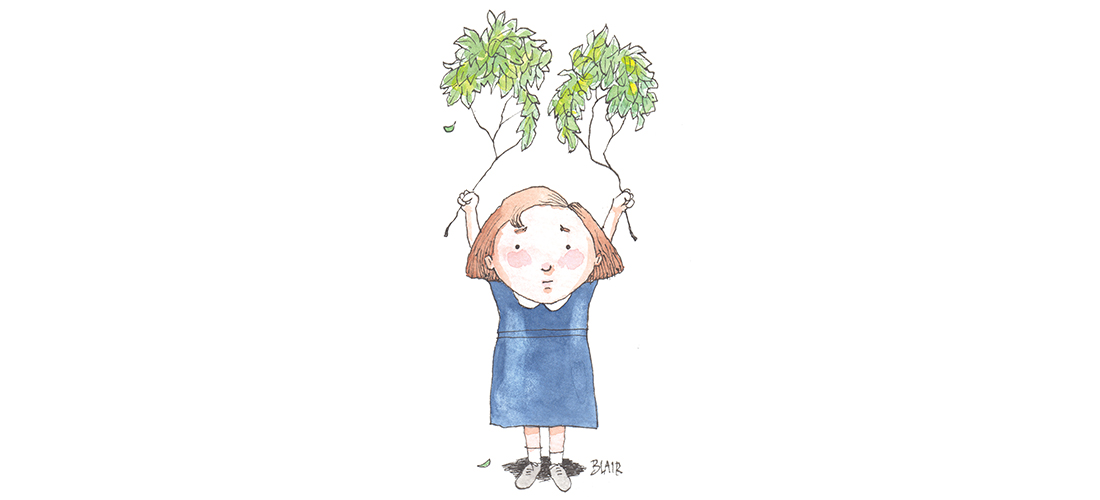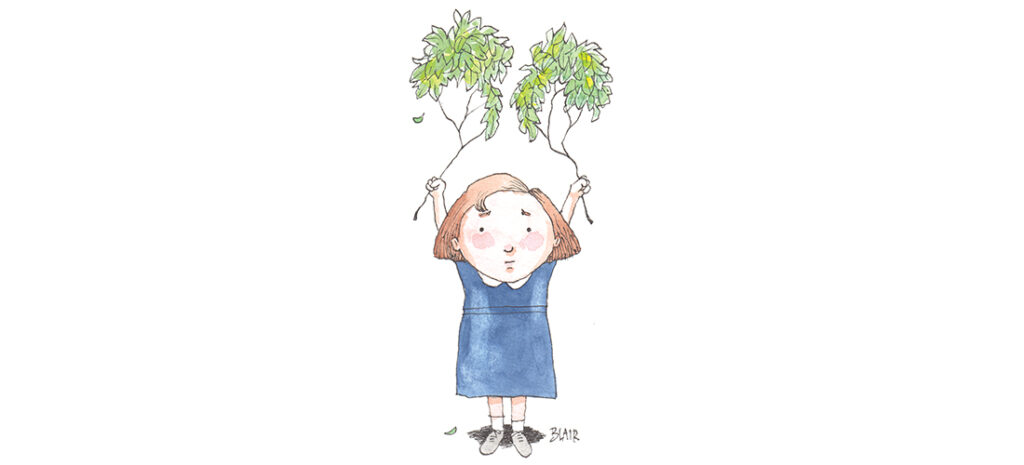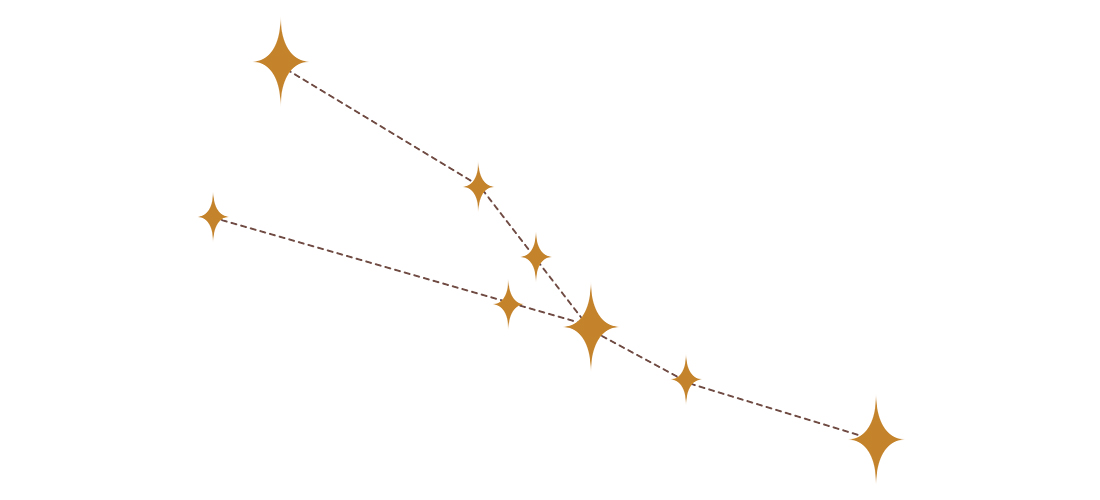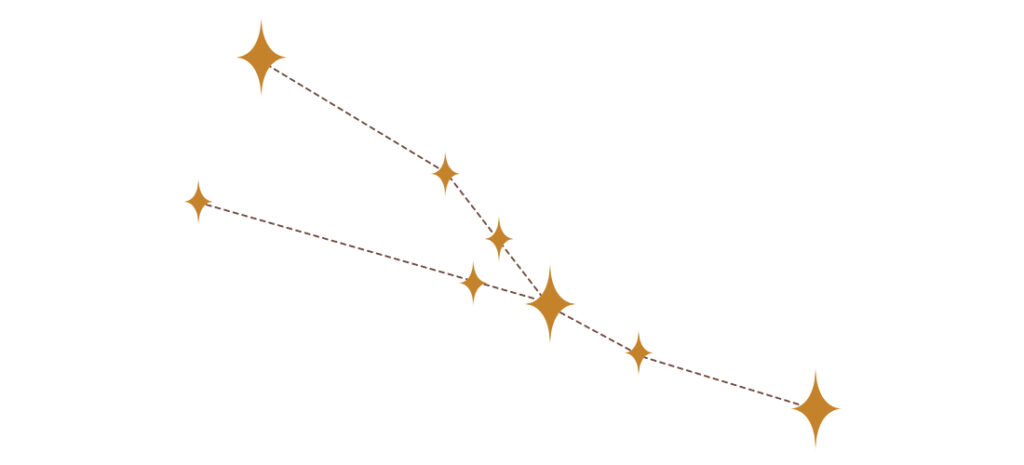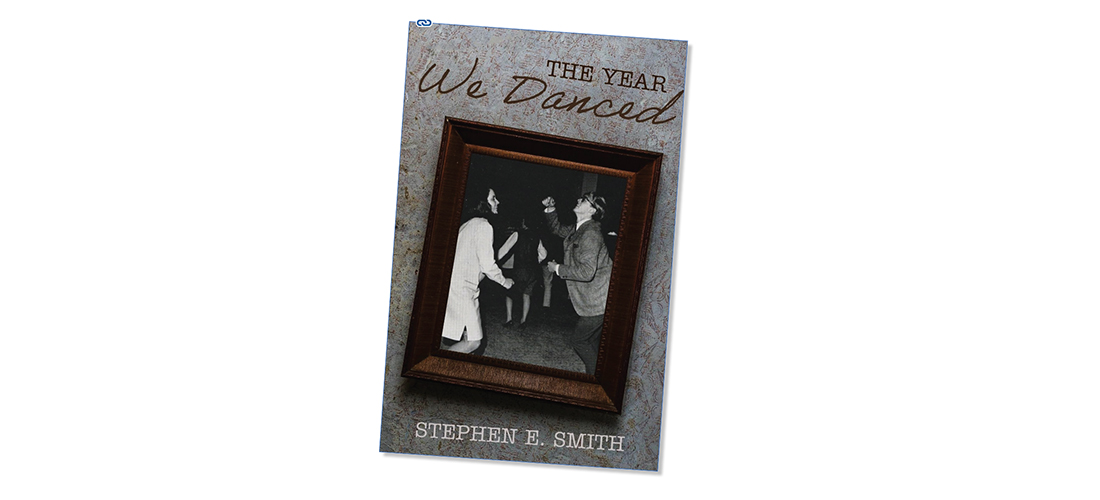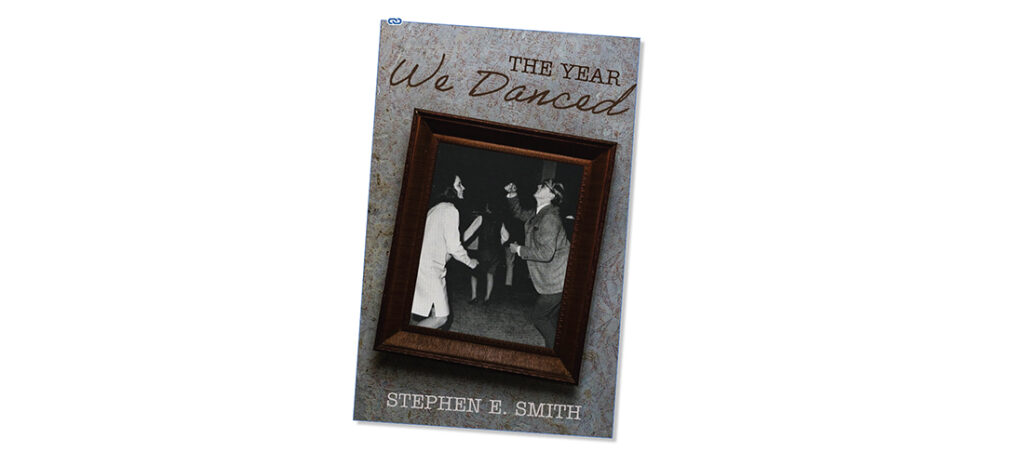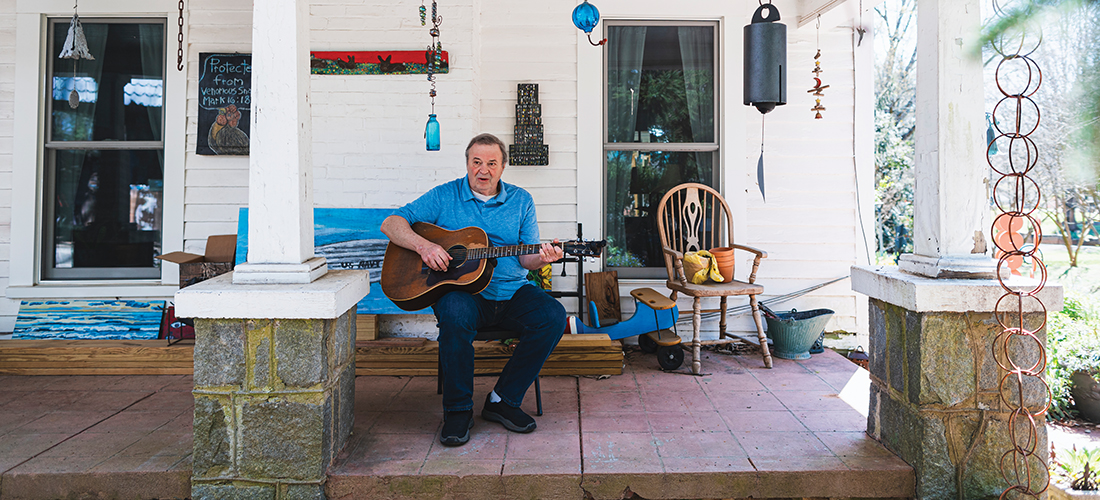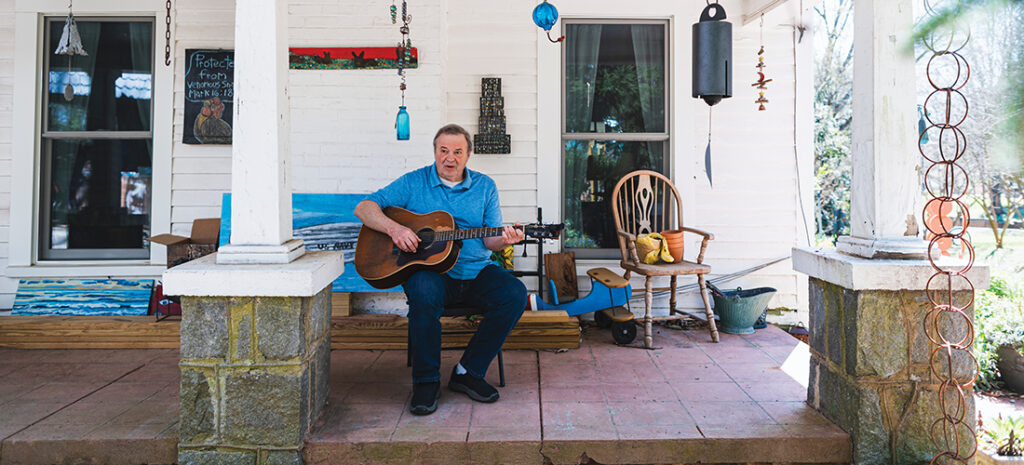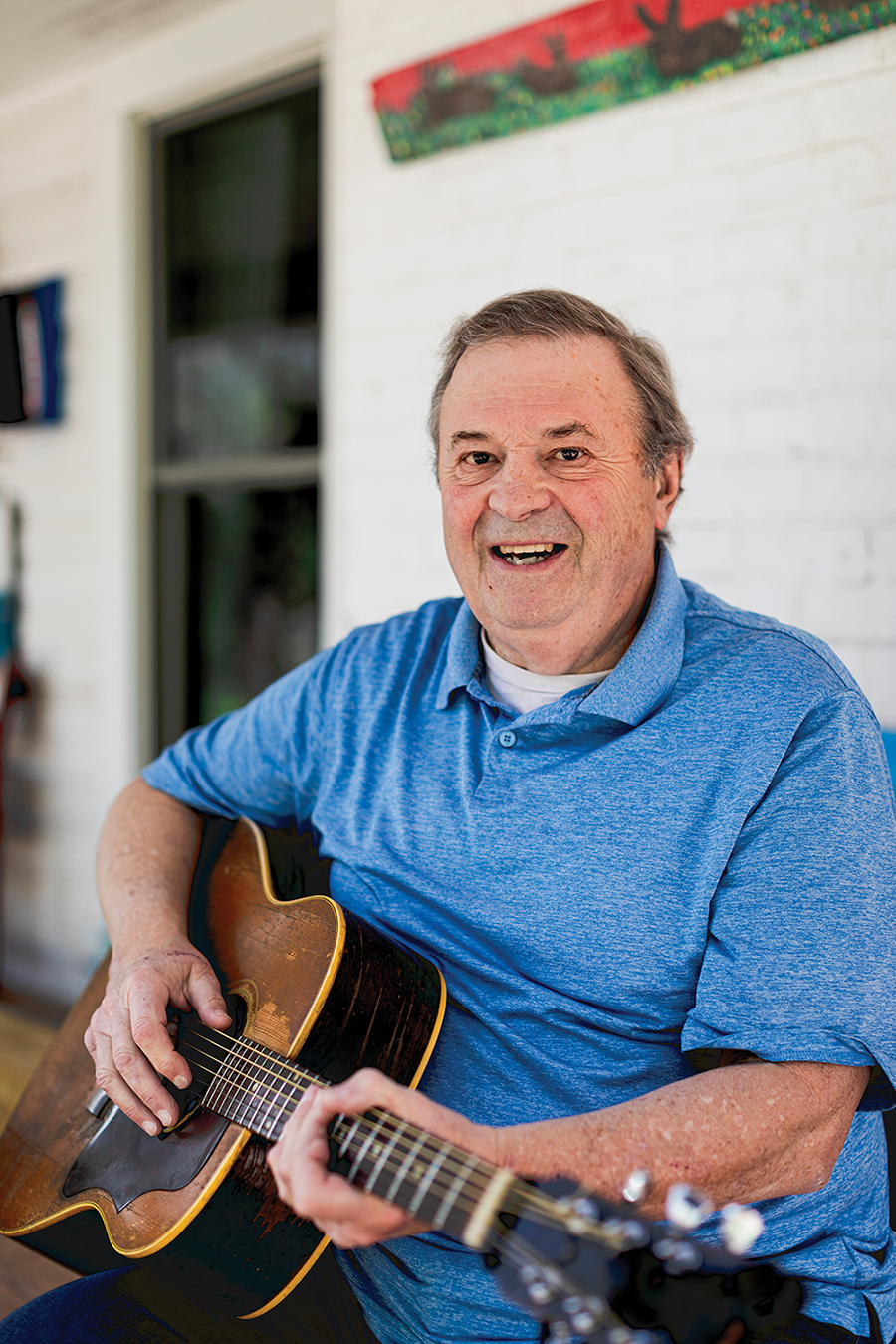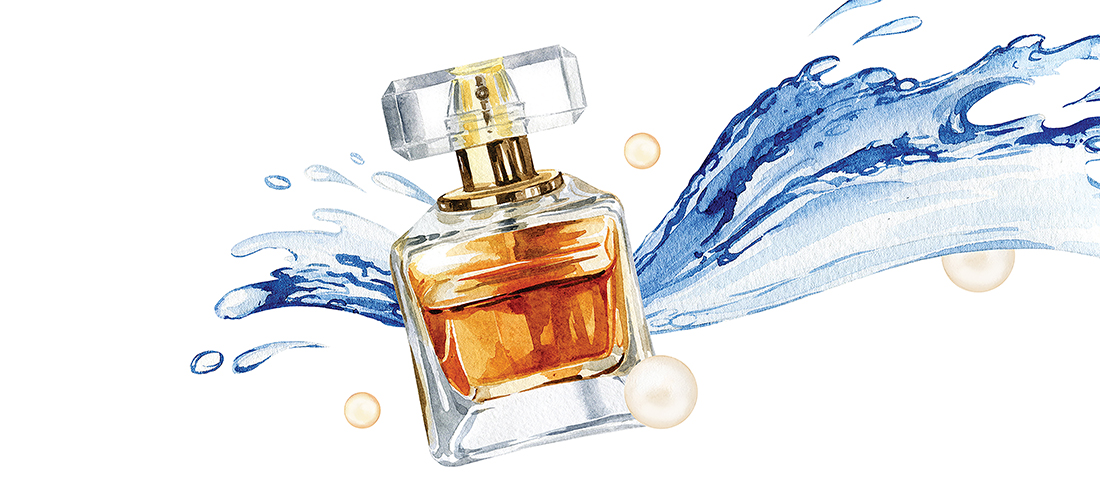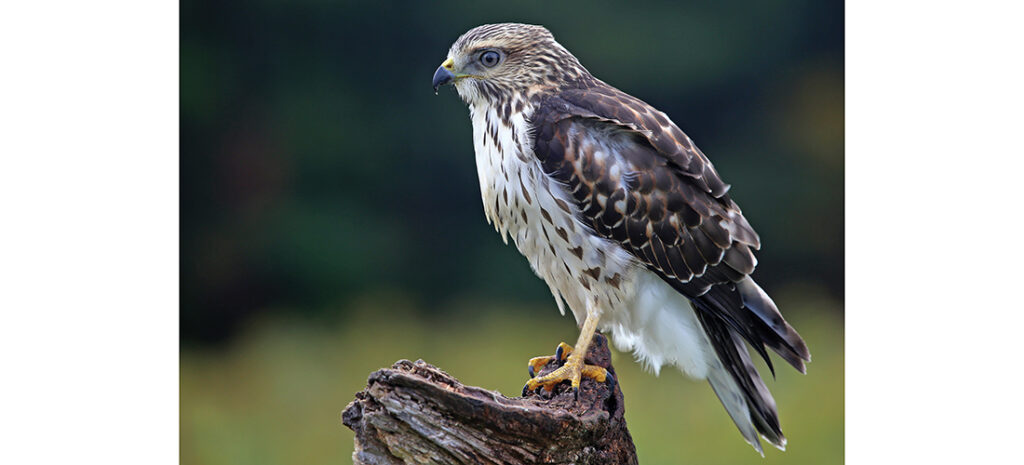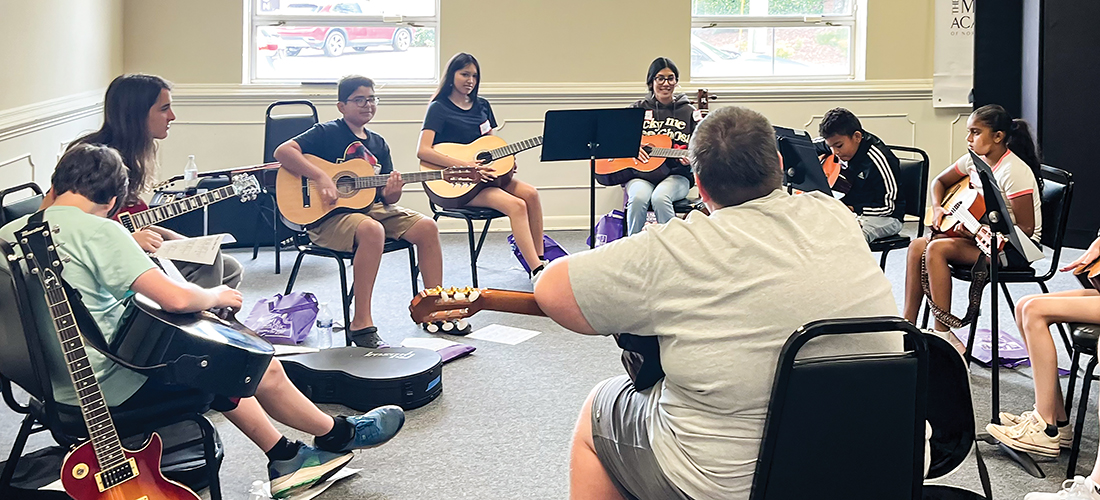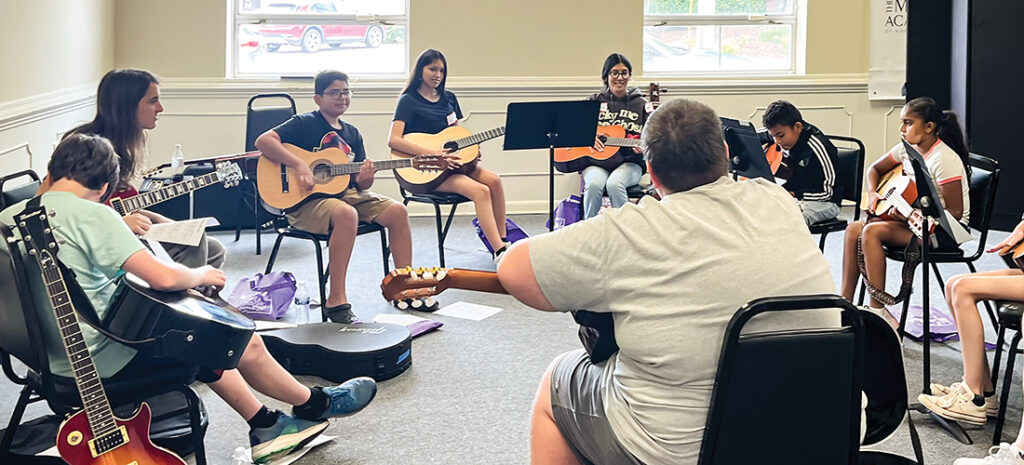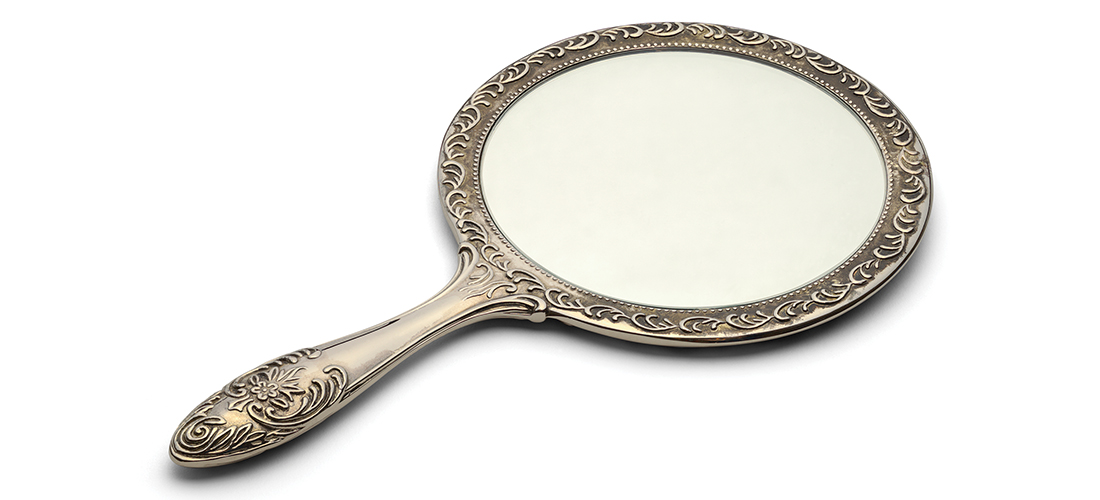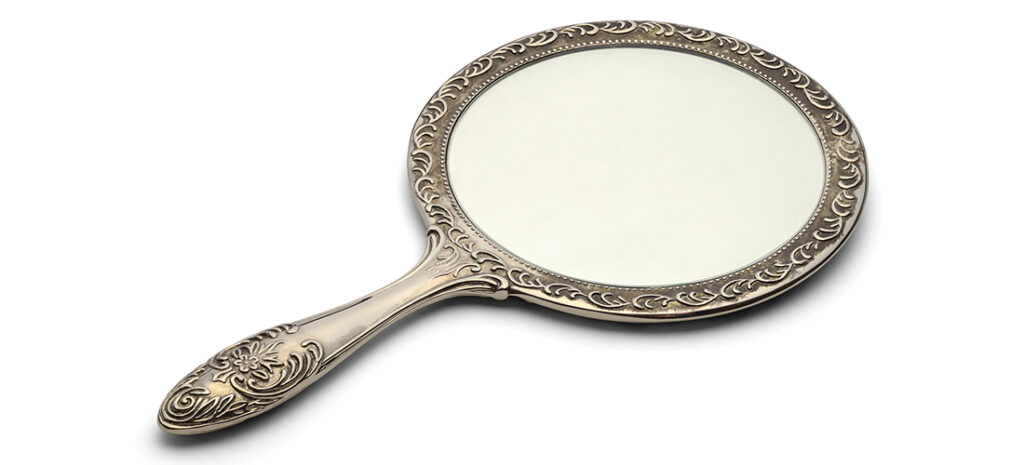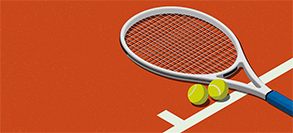Pleasures of Life Dept.
Pleasures of Life Dept.
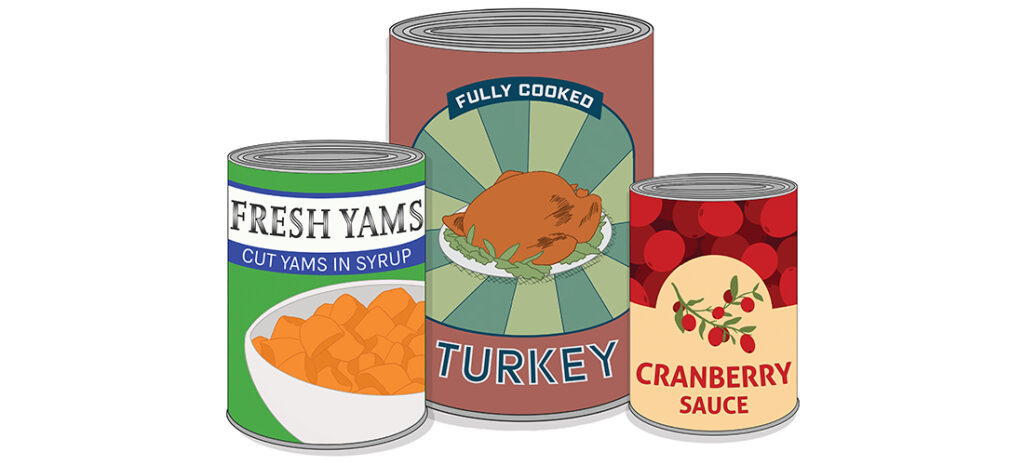
The Kindness of Strangers
Found in unlikely places
By Ronald Winter
Note from the editor: This was our 2023 O.Henry Essay Contest winner.
I suppose I should tell you right away that this took place during a war, and wars are more likely to make the evening news for acts of inhumanity rather than human kindness.
It was November 1968 in Quang Tri, South Vietnam, a beautiful place that at the moment in question for many was lethal. The U.S. Marine Corps maintained an airstrip there that served as a staging point and northernmost helicopter base for operations in the Demilitarized Zone or the Laotian border, both of which were major infiltration routes for communist troops from North Vietnam.
I arrived there in May with the Marine helicopter squadron I had joined nearly two years earlier in Camp Lejeune, North Carolina. Since then, the tide had definitely been turned against the communists after the so-called “strong points” defenses envisioned by the former Secretary of Defense had been replaced by a highly mobile interdiction strategy, which required lots of helicopters flying thousands of missions.
But on Nov. 28, 1968, Thanksgiving Day, the action subsided as a mutually agreed upon, and mutually distrusted, ceasefire took place for 24 hours. I had been trained as a helicopter electronic/electrical technician, but also volunteered to fly as a door gunner. So each month I spent half of my time fixing helicopters and half flying in combat.
But on this day, our job was to simply deliver canisters of turkey, potatoes, stuffing, cranberry sauce, gravy, desserts and beer to outposts and landing zones in our area. The aromas of those meals tantalized us all day as we visited landing zone after landing zone, giving the Marine infantry the first hot meal many had seen in weeks, if not months, making it the toughest duty I had seen in the more than 200 missions I had completed thus far.
By mid-afternoon we were done, and it was back to Quang Tri, where the Seabees had completed construction of a mess hall for us. We couldn’t wait to dive in to our own Thanksgiving dinners. After our post-flight duties, a group of us headed for the mess hall where, to our dismay, we found not a noisy jam-packed hall full of Marines scarfing down turkey dinners, but an empty building and, even more distressing, a barren chow line, devoid of anything but crumbs left from what obviously had been a sumptuous feast.
I think we went into a collective shock, which wasn’t helped when we approached the mess sergeant, a senior NCO, asking where the meals were for the flight crews. “Should have gotten here earlier,” was his caustic, wholly uninformed and certainly unsympathetic reply.
We drifted back to the squadron enlisted living area as dejected a group of Marines as could be imagined. It looked as though C-rations was going to be it for us — packaged meals that are unappetizing at best, even when heated, and not belonging in the same universe as a turkey dinner.
As I sat on my cot and pondered the ramifications of what we had just experienced, the door to my hooch burst open and in strode Billy Bazemore, another electrician and a relative newcomer to the squadron, who also had been flying that day and had just discovered that in his absence mail had been delivered, including packages from home. Billy, who had an incredibly ebullient personality, especially considering our current situation, triumphantly reached under his cot, pulling out package after package.
He displayed a large, precooked, canned turkey and more containers with potatoes, gravy, cranberry sauce — yes it was the canned variety, but really, where were we going to cook up fresh cranberries in that environment? — and more.
At his invitation a half-dozen of us gathered around Billy’s cot, bringing our own contributions from hoarded C-rations — pound cake, peaches, fruit cocktail, even turkey loaf — and adding them to the growing feast. Then the hooch door opened again and in came another electrician, Tommy Lenz, carrying an armful of Lone Star beer in 12-ounce cans that had been arriving from his mother in small batches to escape detection. He had been secretly saving them for such an occasion. Where Billy was outgoing, Tommy was taciturn, tall and lean — a Texan. But he had a huge smile on his face that day!
And just when we thought we had it all, I discovered that I too had received a package. Upon opening it I found to our great joy a Sara Lee chocolate cake that, thanks to modern chemical preservatives, not only survived the 12,000-mile voyage from upstate New York intact, but arrived reasonably fresh!
Most of us didn’t know the benefactors, who realized that Thanksgiving in a war zone might be difficult and did something about it. But they rescued the day for us and I have never forgotten our appreciation for them.
I wish I could say that this story has a happy ending, but five months later, on April 22, 1969, Tommy and Billy were flying as gunners together near the DMZ when their helicopter was hit by a command-detonated mine as it settled into a landing zone. They both died.
A month later, with more than 300 missions under my belt, I left Vietnam, physically unscathed. But more than five decades later, I still remember that Thanksgiving with far more detail than any other holiday meal during my time in the service.
I have lived a good life, far away from the war, in both time and distance, but I haven’t forgotten the people who created a memorable day for a bunch of Marines they never knew. And every Thanksgiving I stop for a moment, by myself, with no fanfare, and quietly raise a glass to them, and to Billy Bazemore and Tommy Lenz, to say, “Thank you. Semper Fi!” OH
Ronald Winter is an author, www.RonaldWinterbooks.com. He is a decorated Marine Corps Vietnam veteran who spent nearly 20 years as a print journalist, earning numerous awards and a Pulitzer Prize nomination. He is a public speaker, competitive powerlifter and media relations specialist, living in Eden, N.C.


